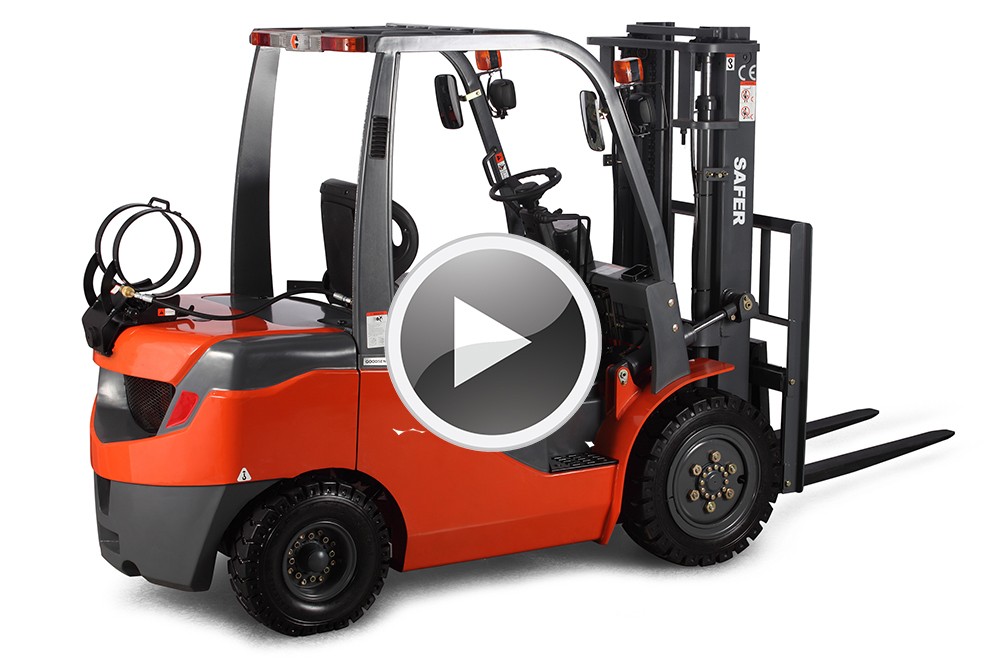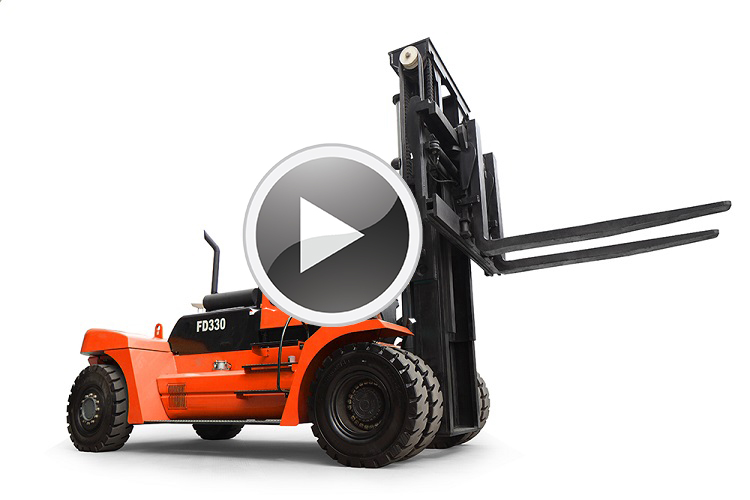1) The clearance between the piston and the cylinder is too small
The clearance between the piston and the cylinder should be strictly in accordance with the specifications of the diesel engine instruction manual. If the clearance is too large, the diesel engine will be difficult to start cold. When the machine is cold, the knocking sound will be emitted and the power will drop. If the clearance is too small, it will cause problems such as pulling the cylinder and expanding the cylinder.
This is especially true when the linear expansion coefficient of the aluminum alloy used in the piston is relatively large. When the diesel engine is repaired, there is no instruction manual for the machine. Can refer to the matching gap of the same model. The clearance of air-cooled diesel engines is generally slightly larger than that of water-cooled ones. Usually, a four-stroke water-cooled diesel engine with a cylinder diameter of 100 mm uses an aluminum piston with a clearance of 0.120 to 0.150 mm.
2) The piston ring opening clearance is too small
The piston ring opening clearance, backlash is too small, the friction between the ring and the cylinder wall is too large, the carbon deposit in the cylinder is serious, and the oil is damaged during assembly or the oil is not clean and causes strain.
The opening gap of the piston ring is too small, and the first air ring hits the cylinder sleeve shoulder after the old cylinder is replaced with a new ring or the expansion of the piston ring opening is too large to cause breakage.
The side gap is too small, and no special tools are used during disassembly and assembly, so that the ring appears spiral, and the elastic effect or the carbon deposit in the cylinder is serious, which will cause the piston ring to bite.
The opening gap of the piston ring and the side clearance are too large, and the twisted ring, the tapered ring is reversed in the up and down direction, and the lubricating oil is dirty, and the oil passage hole is blocked, which is easy to cause the oil.
The opening gap of the piston ring is too small, and the opening impacts; the side gap is too large, the ring hits the ring; the old cylinder is replaced with a new ring, and the first gas ring collides with the shoulder of the cylinder sleeve, etc., which will cause noise.
3) Piston ring broken
The piston is deflected too much in the cylinder to produce ellipse and taper, and the upper part has a step phenomenon. The working surface of the inner wall of the cylinder liner often forms uneven wear in the moving area of the piston ring beyond the limit, generally forming a cone in the direction of reciprocation, in the circumference Grinding into an irregular ellipse in the direction.
In the position where the cylinder sleeve wears the most, the ellipticity is also the largest, and the cylinder sleeve and the piston ring do not wear parts, so there is obvious wear step. In the power stroke, the gas pressure forces the piston to move to the bottom dead point, and the reciprocating conversion For the rotation, the piston ring to cylinder side pressure is the largest in the direction of the crank movement plane, causing the cylinder sleeve to be eccentric, that is, the cylinder sleeve perpendicular to the crankshaft direction has the largest wear amount, the crankshaft is bent, the connecting rod is bent, the cylinder liner center line and the crankshaft axis are If the line is not vertical and the axial clearance of the crankshaft is too large, the piston ring and the cylinder sleeve may be eccentrically worn and the force is unevenly broken.
If the bearing bush clearance is too large, the clearance between the piston pin and the connecting rod copper sleeve is too large, and the first air ring is most likely to be broken when there is a significant wear step in the upper portion of the cylinder liner. The card is stuck on the piston, or the piston pin spring is broken or detached.
4) The piston and piston ring are dumped on one side and pressed against the cylinder wall;
Due to the deformation of the piston, the displacement of the piston hole, the eccentricity of the cylinder honing, the deformation or distortion of the connecting rod, and the imbalance between the crank pin and the main journal, the pressure of the piston against the cylinder wall is relatively concentrated, and the partial surface makes the cylinder wall and the piston ring The oil film becomes thin and even ruptured under a large pressure, thereby losing lubrication, and forming dry friction causes the cylinder to be pulled.
5) Injector (carburetor) has poor long-term atomization
The injector is the most sophisticated component, and the engine burns gasoline primarily during operation. During the combustion process, due to the high temperature, the surface or pores of the injector produce carbon deposits and at the same time, more gelatin will deposit on the inner wall of the injector and the surface of the needle valve in long-term use, affecting the fuel injection effect and making the injector Blockage, adhesion, causing oil leakage, poor atomization, or even no fuel injection, resulting in increased fuel consumption, engine power, unstable idle speed, poor acceleration and cold start difficulties. The test data indicates that when 10% of the fuel injection is hindered, it will lead to incomplete combustion of the engine, performance degradation, increased fuel consumption and increased exhaust gas temperature. At this time, the injector should be cleaned in time to improve the combustion efficiency of the engine.
6) The piston cooling nozzle port is faulty.
Individual engine live cold cooling relies on the connecting rod bearing to the engine of the piston pin piston injector jet oil. For various reasons, the fuel cannot be injected normally, causing the top of the piston to overheat, causing the top of the piston to melt and pull the cylinder. (The role of oil: cooling, lubrication, cleaning, sealing, (rustproof)
7) Engine cooling is poor and cold operation
Running the engine at a water temperature below 65 °C is called cold running. If the engine is not fully operated so that the water temperature reaches a certain level, it will start to work. Or when the temperature of the thermostat is too low, the cooling water will enter the large cycle too early, which will cause the cold operation. When the cylinder wall temperature is lowered from 800 ° C to 500 ° C, the wear of the liner increases by about 5 times. When the cylinder wall temperature reaches 80 ° ~ 850 ° C, the amount of wear is significantly reduced. When the water temperature is too low, the diesel fuel rises slowly at room temperature, the combustion period is long, the combustion process deteriorates, and the running performance is poor.
Pre:Troubleshooting for forklift lifts that cannot be raised to the top
Next:Improvement of Hydraulic Circuit of Forklift Gantry



